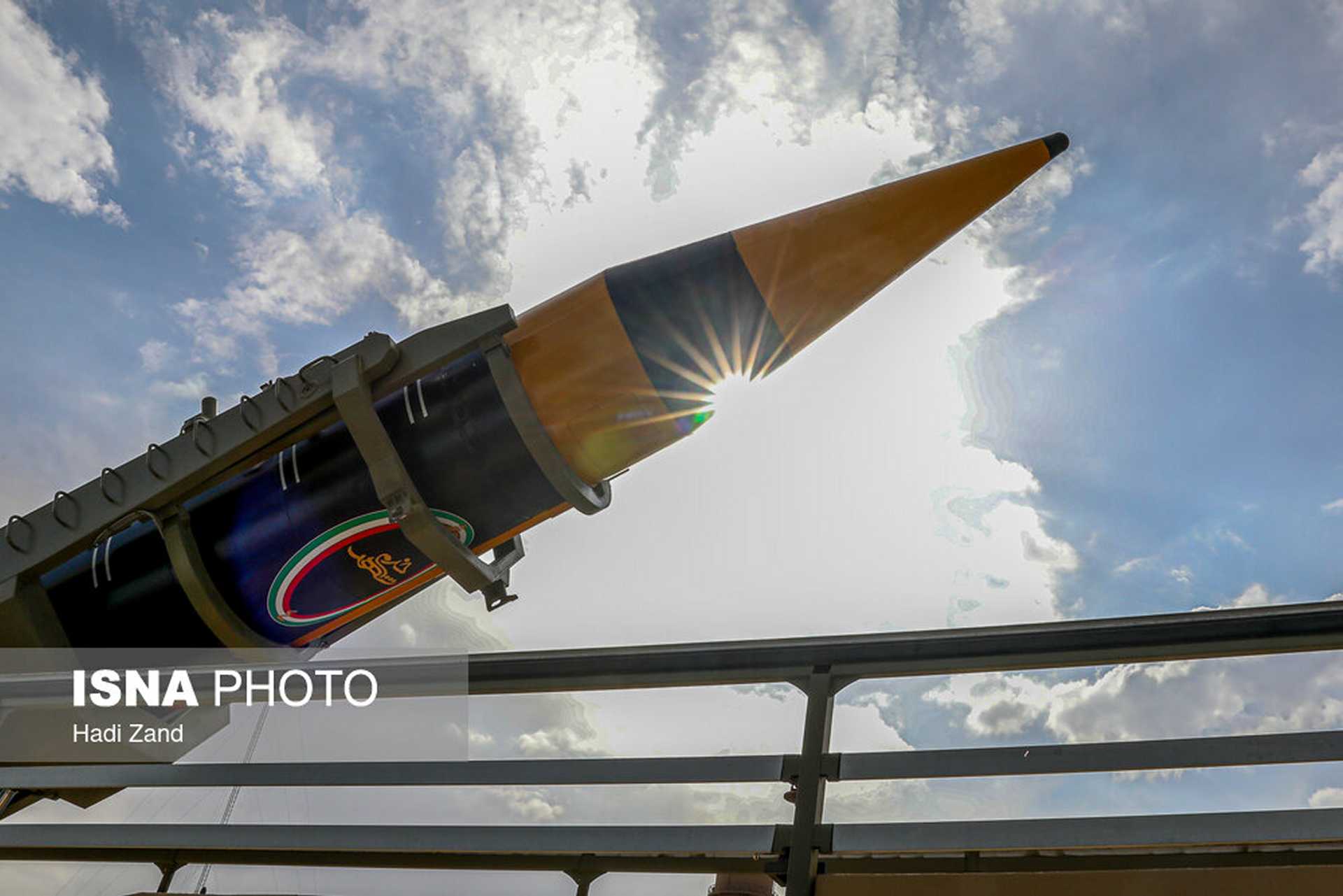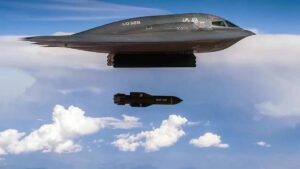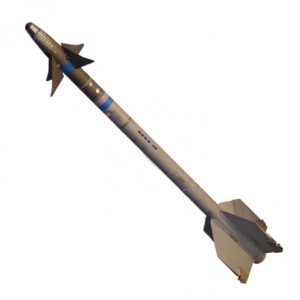伊朗或已研发出能打击美国的洲际导弹
快速阅读: 据报道,伊朗可能正在秘密研发射程达12,000公里的Khorramshahr-5导弹,具备打击美国本土能力。该导弹采用液体燃料推进,长12米,重14至15吨,使用模块化推进技术。伊朗官员称其旨在应对外国军事威胁,但未证实测试或部署情况。国际社会对此反应谨慎,美以等国密切关注。
If accurate, the range of the Khorramshahr-5 (up to 12,000 kilometers) would be sufficient to reach the entire continental United States from Iranian territory, and would place the Khorramshahr-5 within the intercontinental ballistic missile (ICBM) class, which is defined by a minimum range of 5,500 kilometers and includes systems capable of transcontinental strikes. An intercontinental ballistic missile is defined as a guided missile with a minimum range of 5,500 kilometers, designed to deliver warheads over intercontinental distances. ICBMs typically consist of two or three stages and can be launched from fixed silos, mobile platforms, or submarines. After launch, the missile exits the atmosphere, travels through space in a parabolic arc, and reenters at very high speeds. Modern ICBMs can exceed Mach 20 and may carry multiple independently targetable reentry vehicles (MIRVs) or hypersonic glide vehicles (HGVs), enabling them to strike several targets with a single launch. Warheads descend at speeds between 15,000 and 24,000 km/h, using inertial navigation, GPS, or advanced optical guidance to reach their targets. Although primarily designed for nuclear payloads, ICBMs can also be armed with conventional or submunitions payloads, depending on strategic requirements. Their typical flight time ranges from 30 to 40 minutes, and they are among the most difficult weapons to intercept due to their altitude, speed, and maneuverability.
Nevertheless, multiple technical, political, and developmental hints suggest that the Khorramshahr-5 may be under secret active development or pre-operational prototyping. The claimed 12,000-kilometer range vastly exceeds the 2,000–3,000 kilometer range of previous Khorramshahr-1 through -4 models. Media sources state that the missile uses liquid fuel propulsion to reach this speed, measures about 12 meters in length, and weighs between 14 and 15 tons at launch. The Khorramshahr-4, introduced in 2023, already featured hypergolic fuel, a reduced launch time of under 15 minutes, and enhanced mid-phase guidance. The Khorramshahr-5 is said to build upon these features while offering a sixfold increase in range. Additionally, Iran’s development of multi-stage solid-fuel motors such as the Salman, with thrust vector control (TVC), suggests growing modular propulsion capabilities required for ICBM-class systems. The payload, reportedly a two-ton warhead, has been likened by Iranian media to U.S. bunker-buster bombs such as the GBU-57 Massive Ordnance Penetrator (MOP). Brigadier General Aziz Nasirzadeh previously stated that a hypersonic warhead weighing two tons had been successfully tested, but did not associate this test with any ICBM and referred only to medium- and intermediate-range platforms such as Emad and other Khorramshahr variants. The Khorramshahr-5’s reported Mach 16 speed aligns with typical terminal-phase velocities of ICBMs. Iranian officials have also stated that the Fattah hypersonic missile series achieved Mach 15 and is now considered operational, although no clarification has been given on whether such systems are linked to ICBM development.
The Khorramshahr missile series evolved from the North Korean BM-25 Musudan, itself based on the Soviet R-27 submarine-launched missile. Iran first tested the original Khorramshahr missile in 2017, with a range of 2,000 kilometers and a payload of approximately 1,800 kilograms. Later models, including the Khorramshahr-2 and -3, saw improvements in warhead aerodynamics and reduced missile length. The Khorramshahr-4, or “Kheibar,” unveiled in May 2023, introduced hypergolic liquid propellant that could be stored for years and enabled launch readiness within 12 minutes. It carried a 1,500 kg warhead and used a mid-course navigation system to correct trajectory outside the atmosphere, reducing reliance on terminal guidance. Reports surrounding the Khorramshahr-5 point to significant upgrades in range and payload, suggesting either a fully new airframe or a heavily modified design featuring advanced propulsion and navigation. While the naming convention implies continuity, the leap from medium-range to intercontinental performance entails a fundamental transformation in technical architecture and strategic intent.
Iran has long maintained that its missile program serves defensive purposes and has adhered to a self-imposed range ceiling of 2,000 kilometers. This limit was intended to avoid provoking European nations while retaining the ability to strike Israeli and U.S. regional targets. However, following Israeli military strikes on Iranian territory and U.S. air operations against nuclear infrastructure, Iranian officials have hinted at a policy shift. Statements from IRGC leadership indicate that Iran may now reconsider its self-imposed restrictions in response to perceived aggression. The emerging narrative suggests a broader strategy of extending deterrence beyond regional confines. In parallel, Iran has expanded military engagement with Russia and China, reportedly conducting joint tests with Russian S-400 air defense systems and expressing interest in acquiring Chinese J-10C fighter jets. When considered together with the reported features of the Khorramshahr-5, these developments may reflect a recalibrated defense doctrine aimed at countering strategic threats through long-range strike capabilities.
Iranian authorities have provided more detailed information about their space-launch programs, including the Simorgh, Soroush-1, and Soroush-2 launch vehicles. These space systems, if militarized, could theoretically deliver payloads over intercontinental distances due to their multi-stage architecture and large payload capacities. Soroush-1 and Soroush-2, still in development, are expected to carry payloads 10 to 20 times heavier than Simorgh. However, due to their slow fueling procedures and conspicuous launch profiles, they are deemed highly vulnerable to pre-emptive strikes and unlikely to be adopted for practical military use. While some analysts speculate that the Khorramshahr-5 might incorporate components or lessons from these space programs, the Ministry of Defense continues to insist that these launchers are strictly intended for civilian space missions. Defense Minister Nasirzadeh’s statement in June 2025, acknowledging the successful test of a two-ton hypersonic warhead, offered no details about delivery vehicles or whether it marked a transition from medium-range applications to ICBM platforms. No technical disclosures were provided to confirm compatibility between the warhead and the Khorramshahr-5 or any other space-launch derivative.
International reactions have been measured but wary. The United States, Israel, and several NATO members have closely tracked the reports, though intelligence agencies have yet to confirm the Khorramshahr-5’s operational status. During a July 2025 visit to Washington, Israeli Prime Minister Benjamin Netanyahu reportedly urged the U.S. to introduce stricter limitations on Iranian missile capabilities, including a proposed 480-kilometer ceiling as part of future nuclear negotiations. Iranian sources, for their part, describe the push for longer-range missiles as a response to what they characterize as unprovoked military actions by foreign powers. State-affiliated media have portrayed the Khorramshahr-5 as an element of a broader missile doctrine combining defensive readiness with retaliatory capability. Officials emphasize that Iran seeks to avoid conflict but aims to preserve strategic equilibrium and ensure national deterrence. The lack of official confirmation regarding the missile’s testing or deployment leaves its status ambiguous. However, Iran may be deliberately maintaining complete secrecy to avoid early sanctions, formal condemnation, or foreign interference before the system reaches full technical maturity. Secrecy also supports strategic ambiguity, complicates adversaries’ threat assessments, and hinders the collection of actionable intelligence by foreign agencies that might otherwise develop countermeasures or execute preemptive strategies.
(以上内容均由Ai生成)








